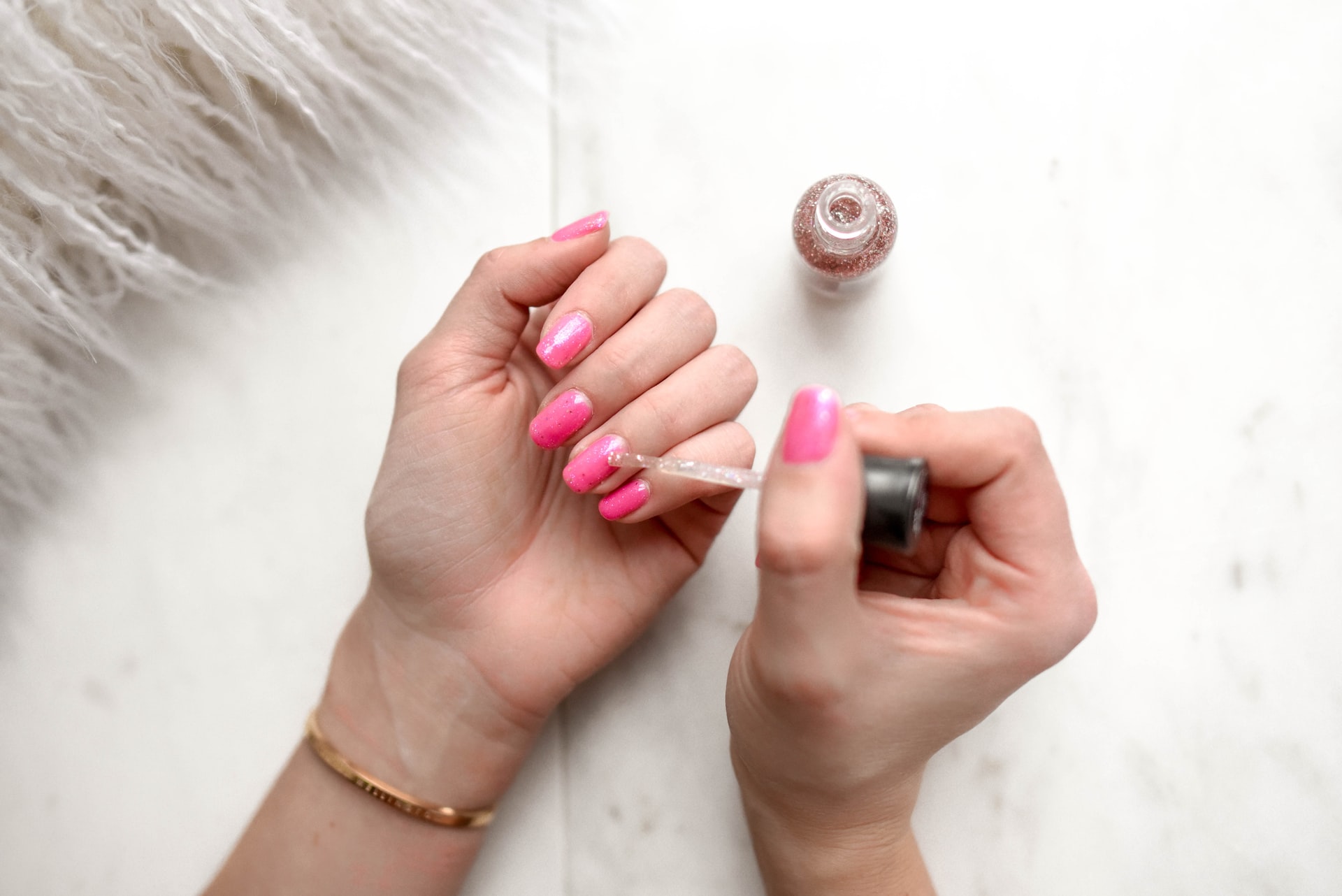Hydroxyethylmethacrylate (HEMA) and other methacrylate ester monomers (e.g. Di-HEMA Trimethylhexyl Dicarbamate (Di-HEMA-TMHDC), Ethoxyethyl Methacrylate, Hydroxypropyl Methacrylate, Isobornyl Methacrylate, Isobutyl Methacrylate, among others) are used as film forming agents in cosmetics and personal care products, specifically in nail enhancement products to build or lengthen the nail. They are viscous liquids that result from reaction between methacrylic acid with the appropriate alcohol and that polymerize readily when exposed to UV-light. [1]
The Cosmetic Ingredient Review (CIR) Expert Panel has assessed the safety of Methacrylate ester monomers and concluded that they were safe as cosmetic ingredients, when used in nail enhancement products and labelled to avoid skin contact. Nevertheless, the CIR Expert Panel expressed concern regarding the strong sensitization and cross- or co-reactivity potential of these ingredients. [2]
In 2017, the European Commission’s Scientific Committee on Consumer Safety (SCCS) issued an opinion regarding the safety of HEMA and Di-HEMA TMHDC and its sensitization. On this report, the SCCS concluded that “HEMA and Di-HEMA-TMHDC, when applied appropriately to the nail plate at concentrations of up to 35% and 99%, respectively as part of an artificial nail modelling system, are not likely to pose a risk of sensitization, provided that their use is restricted to the nail plate only and contact with the adjacent skin avoided”. The SCCS also concluded that these two compounds are weak to moderate sensitizers and that its incorrect use or inappropriate application might pose a risk of sensitization. [3]
In 2016, because of the several cases of allergic reactions to HEMA and Di-HEMA-TMHDC, the Swedish authorities withdrew and prohibited the use of these two substances on their market, according to Article 27 (Safeguard clause) of Regulation (EC) No 1223/2009 on cosmetic products. Sweden considered that a range of nail polishes (which are hardened with the use of a LED lamp after application) could lead to contact allergy and result in damage to nails and/or hands and, therefore, pose a serious risk for consumers. A notification of these products was made in the Rapid Alert System for Non-Food Products (RAPEX – Alert number A12/1226/14) system. [3,4]
The European Commission has prepared a regulatory proposal and submitted it to the World Trade Organization (March 26th, 2020), with a consultation period ending on May 26th (2020). In this draft amendment to Annex III of the Regulation (No 1223/2009), the European Commission proposed rules restricting the use of HEMA and Di-HEMA in nail products to professional only under the European Union cosmetic products Regulation. This regulatory proposal restricts nail products containing HEMA and Di-HEMA-TMHDC to professional use only and the warnings “for professional use only” and “can cause an allergic reaction” should be added on the package. This amendment to Annex III of the Regulation on cosmetic products is expected to be adopted in the 4th quarter of 2020. [5]
The European Commission shall grant transition periods for cosmetic companies and the compliance of their nail products. Six months after the date of entry into force of the amendment, products containing HEMA and Di-HEMA-TMHDC and not complying with the conditions “shall not be placed on the Union market”. Nine months after the date of entry into force of the amendment, products containing HEMA and Di-HEMA-TMHDC and not complying with the conditions “shall not be made available on the Union market”. This means that after the first six months period, cosmetic products containing these ingredients can not be imported/distributed but they can be sold if they are already in the market. [5]
References:
- Cosing – European Commision database for information on cosmetic substances and ingredients – https://ec.europa.eu/growth/tools-databases/cosing/
- Cosmetic Ingredient Review (CIR) Expert Panel – Final Report of the Safety Assessment of Methacrylate Ester Monomers Used in Nail Enhancement Products – https://online.personalcarecouncil.org/ctfa-static/online/lists/cir-pdfs/pr339.pdf
- Scientific Committee on Consumer Safety (SCCS) – Opinion on the safety of cosmetic ingredients HEMA and Di-HEMA Trimethylhexyl Dicarbamate, Submission I, (Sensitisation only), 2017 – https://ec.europa.eu/health/sites/health/files/scientific_committees/consumer_safety/docs/sccs_o_214.pdf
- The Rapid Alert System for Non-Food Products (RAPEX) – Alert number: A12/1226/14 – https://ec.europa.eu/consumers/consumers_safety/safety_products/rapex/alerts/?event=viewProduct&reference=A12/1226/14&lng=en
- https://images.chemycal.com/Media/Files/TBT/20_2198_01_e.pdf
- World Trade Organization – Notification G/TBT/N/EU/707















